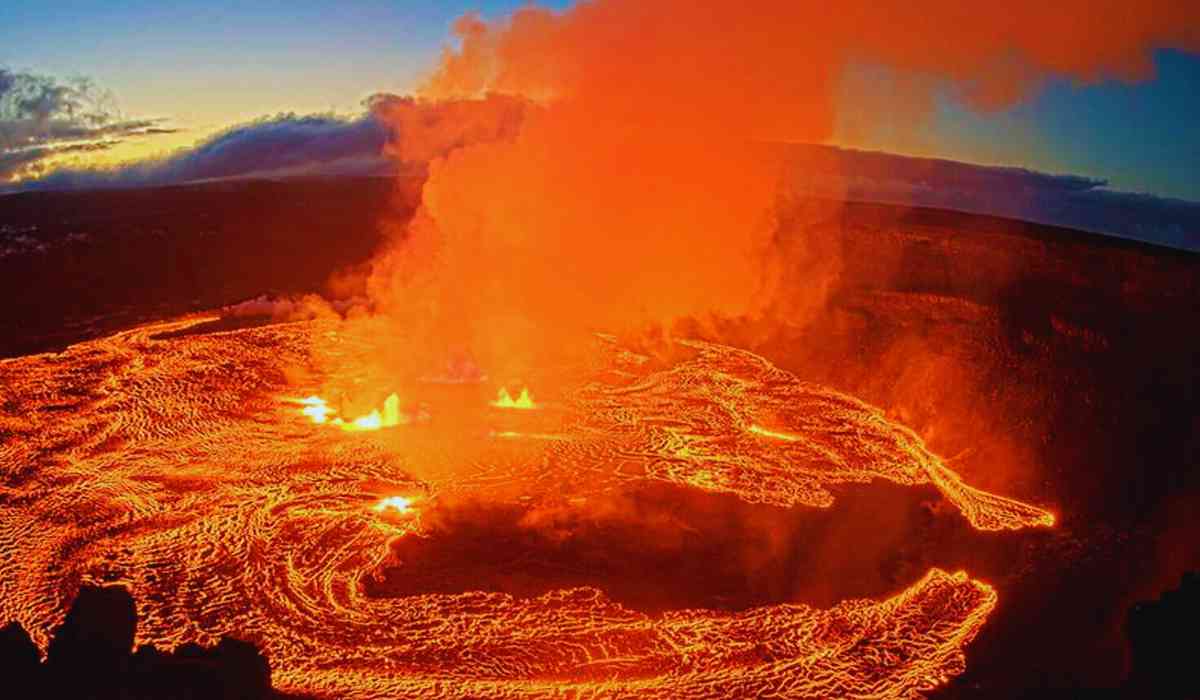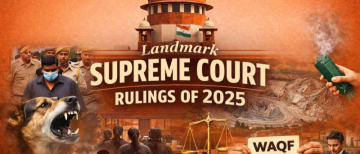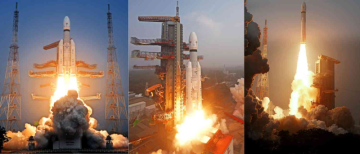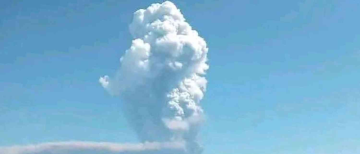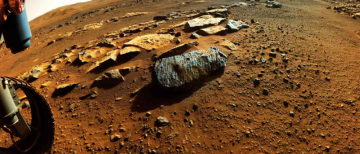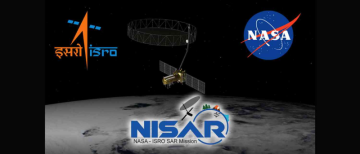Kilauea Volcano Eruption Today: January 18, 2025
Hawaii's Kilauea volcano has erupted once again, marking its fourth eruptive phase since reawakening in late December 2024. The latest activity began on January 15 and has continued into today, with significant lava fountains observed reaching heights of approximately 200 feet. The Hawaiian Volcano Observatory (HVO) reports that intermittent lava activity has been ongoing in the summit crater, known as Halemaʻumaʻu, since the volcano's resurgence began on December 23.
As of this afternoon, the eruption remains vigorous, with lava fountains and flows actively reshaping the crater floor. The HVO has indicated that the height of these lava fountains may increase further as more gas-rich magma rises to the surface. Current assessments show that sulfur dioxide emissions are elevated, posing potential air quality concerns due to vog (volcanic smog) affecting downwind areas.
Authorities have issued safety advisories for residents in nearby communities, urging them to remain alert and take precautions against volcanic gases and ash fallout. Although no immediate threats to infrastructure have been reported, the situation is being closely monitored.
The U.S. Geological Survey (USGS) has maintained a "WATCH" alert level for Kilauea, emphasizing the need for continued observation of seismic activity and potential changes in eruptive behavior. The HVO is coordinating with local agencies to ensure public safety and provide timely updates as conditions evolve.
This eruption highlights Kilauea's dynamic nature as one of the most active volcanoes in the world, drawing attention from scientists and visitors alike as they witness the powerful forces of nature at play.
What are the main differences between the current eruption and the previous ones?
The current eruption of Kilauea, which began on January 15, 2025, exhibits several key differences compared to previous eruptions. Here are the main distinctions:
1. Eruption Style
- Current Eruption: This eruption is characterized as an effusive eruption, featuring prominent lava fountains and flows within the summit caldera. The lava is relatively fluid, allowing it to flow easily and create dramatic fire fountains reaching heights of approximately 200 feet.
- Previous Eruptions: Earlier eruptions of Kilauea have included both effusive and explosive phases. For instance, the 2018 eruption was notable for its explosive activity and significant lava flow that destroyed homes and altered the landscape dramatically.
2. Gas Emissions
- Current Eruption: The ongoing eruption has recorded high levels of sulfur dioxide emissions, estimated to exceed 10,000 tonnes per day. This has raised concerns about volcanic smog (vog) affecting air quality in surrounding areas.
- Previous Eruptions: While previous eruptions also produced gas emissions, the scale and impact of the current emissions appear more pronounced, contributing to air quality issues in downwind communities.
3. Lava Volume and Behavior
- Current Eruption: The volume of lava being erupted is substantial but remains contained within the summit crater, with no immediate threats to infrastructure or nearby communities reported at this time.
- Previous Eruptions: In contrast, past eruptions have resulted in extensive lava flows that have reached populated areas, such as during the 2018 eruption when lava inundated neighborhoods and caused widespread evacuations.
4. Duration and Frequency
- Current Eruption: The current eruptive phase has shown sustained activity since its onset, with continuous lava fountaining observed over several days.
- Previous Eruptions: Previous eruptive events have varied in duration and intensity, with some exhibiting sporadic explosive activity interspersed with quieter periods.
Conclusion
The current eruption of Kilauea stands out due to its effusive nature, significant gas emissions, contained lava behavior, and sustained activity. These factors contribute to a different risk profile compared to previous eruptions, emphasizing the need for ongoing monitoring and public safety measures as the situation evolves.
With inputs from agencies
Image Source: Multiple agencies
*The views expressed are personal to the author and do not reflect the platform's opinion of the same.
© Copyright 2024. All Rights Reserved Powered by Vygr Media.

